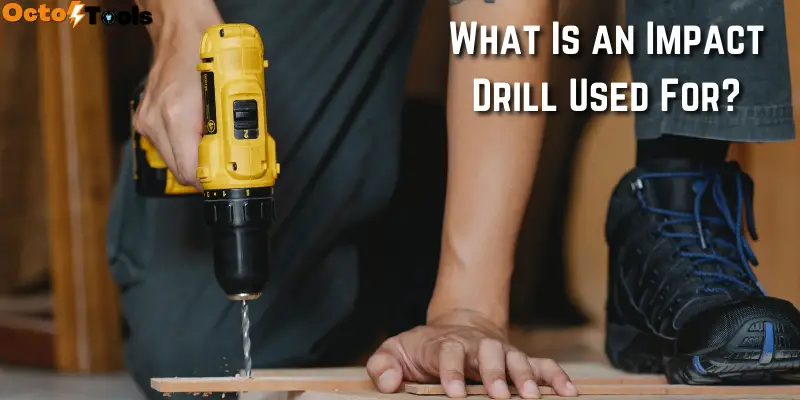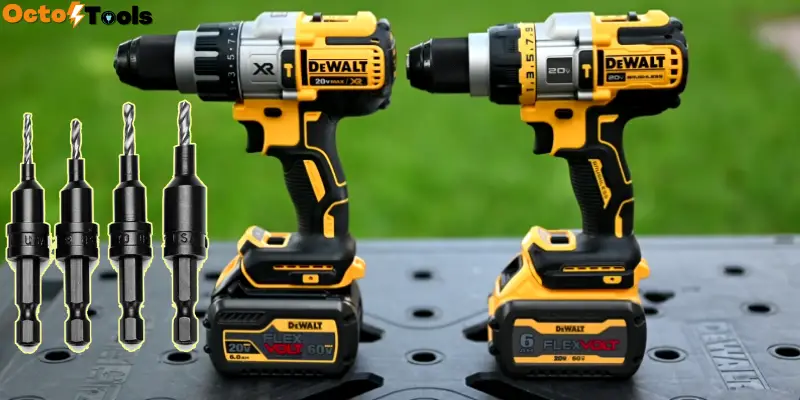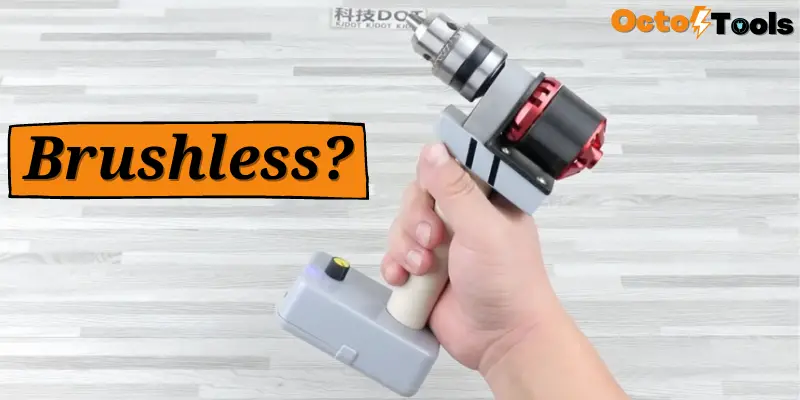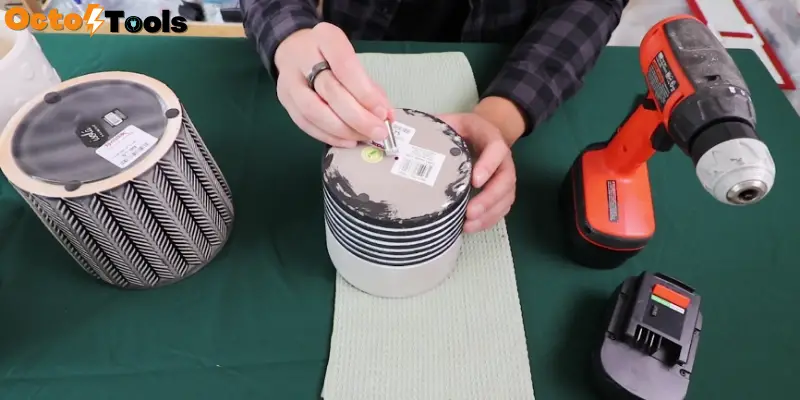If you ever need to bore precise holes on wood or metal, then drill presses are your best bet. The drill presses are benchtop or stationary power tools designed and made for incredibly precise holes. They are very handy professional tools that can offer great help for DIY projects too.
If you ever asked yourself what is a drill press used for? Then I’ll be answering the question and more. Stay with me until the end, and we will discover features of this machine, how they work, and everything in between.
What Is A Drill Press Used For?
Drill presses are used for drilling holes on metal and wood. The difference with conventional drilling machines is that they can drill precise holes on extremely hard materials. These machines can also finish and enlarge the hole besides drilling new ones.
Also, they are used for making large holes where regular drill bits won’t suffice. We can take making a hole on the steel door to install a doorknob as an example. Drill presses show their worth especially they are used to make industrial-grade machines. Where steel or similar materials often need cutting as per design.
Besides making holes, these machines can be used for mortise cutting, sanding wood, and doweling. Not only can do all of the mentioned tasks, but they also do it with extreme precision and finish.
Differences Between A Drill Press And Milling Machine
It is easy to forget what is the difference between the drill press and milling machine as they look very similar. Despite the similarities, their work preference is quite different. The drill press is used to cut a hole through metals, wood, and other similar surfaces. Where the milling machine can only cut through metal.
Another difference is drill press cuts and drills only vertically. But you will have the flexibility to cut both vertically and horizontally if you use a milling machine. When it comes to the size, the drill press gets an extra point for compact size. Because even the smallest milling machine tends to be bulky.
Although these bulky machines are operated with a computer nowadays, this is not the case with their counterparts. But a downside is that the addition of computers has raised their price tag. On the other hand, drill presses are still a human-operated machine that costs less than most milling machines.
Drill Press Machine Parts And Functions
Before we proceed further, it is time to get familiar with parts of a drill press and their function. If you look at the drill press diagram you will see the parts mentioned below. Let us take a brief look at them.
- Head: The head is situated at the top of the structure. It houses the feed mechanism, quill, pulley, and motor. The head acts as the engine for this machine.
- Column: This portion of the machine can be thought of as the spine of the machine. It has the head placed on its top and joins the base at the bottom to the head. The column is a long steel shaft that holds the structure together.
- Spindle: The spindle is responsible for rotation; it is where the most action takes place. It is kept stable with a set of springs that allows it to move up and down easily.
- Table: It is the place where you will put the material to be drilled. Tables come in different shapes, sizes, and mechanisms that hold the material tight and stable.
- Base: The base is normally made of iron or steel. It is quite heavy and uses its weight to keep the machine stable even under heavy load.
How to Use A Drill Press
Working with a drill is a straightforward task. Check the steps below to get the basics.
- At first, you will have to adjust the drill bit. For example, you will need one type of bit to drill wood, another type of metal. So, get the appropriate tool.
- Set the right RPM as different materials need different speeds.
- Place the object on the table. Put it in the right position.
- Take it a bit in a position where it barely touches the surface.
- Now start the machine, wait till the spin gets to full speed.
- Once it has reached the optimal speed, start drilling.
- When you are done, wait till the spin drops completely, only then change or move the object. Afterward, repeat the process.
A Note: Safety at the worksite is not something to memorize but to practice regularly. Some basic safety rules you should follow on a regular basis while drilling.
Some Of The Best Drill Presses I’ve Found
Let’s now take a look few of the best drill presses in the market. They offer the best value for the money when it comes to these machines.
- WEN 4214: The best thing about this infinite variable that ranged from 580 to 3200 RPM. You can choose to work at the optimal speed with ease. The spindle comes with easy to read depth stop for accurate operations. This drill press also includes laser and table roller extension for accessibility and precision,
- WEN 4225: Its 4-inch stroke makes drilling easier than ever. Besides the variable speed range, it comes with built-in light and precision laser for improved accuracy. As its iron table pivots 45 degrees in both ways, you can drill angled holes.
- Dremel Drill Press: This drill press is a budget build that covers all the basic features very well. Its flex shaft tool stand allows height adjustment between 16 to 29 inches. You can even drill perpendicular or angled holes with this machine. Also, there is a tool holder to keep everything in place.
Bottom Line
Drill presses are some heavyweight power tools. It is better to get to know the machine before you test it yourself. For this reason, I have tried to compile all the necessary information into one single post.
You can do multiple things to do with a drill press, if you get the basics right Hopefully, by now you not only know what is a drill press used for but also how to use it and what precautions to take.




